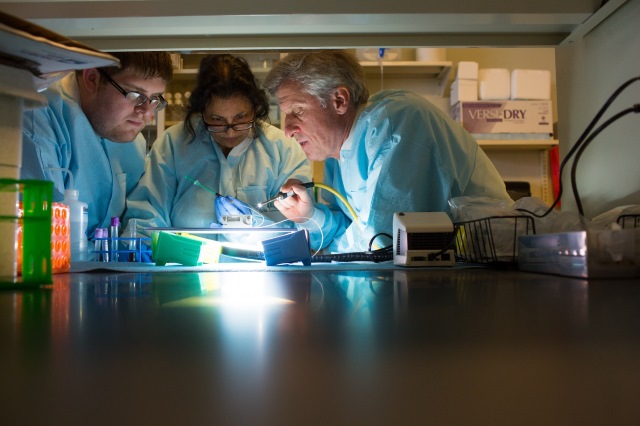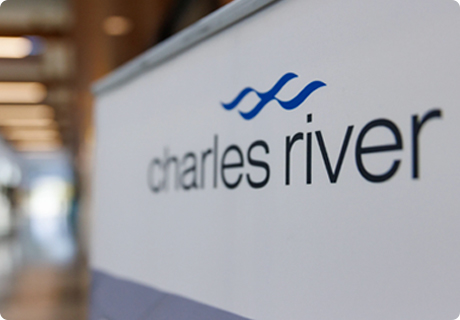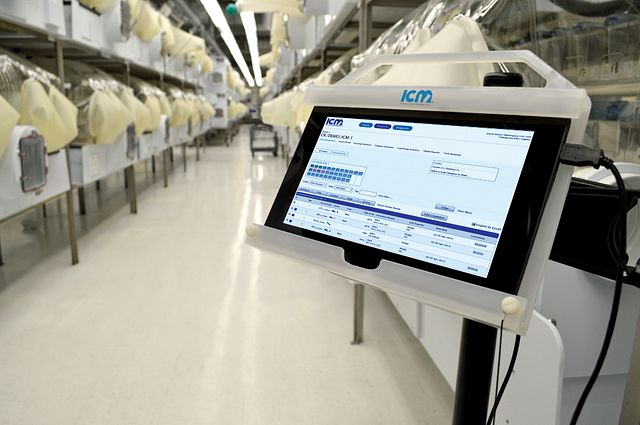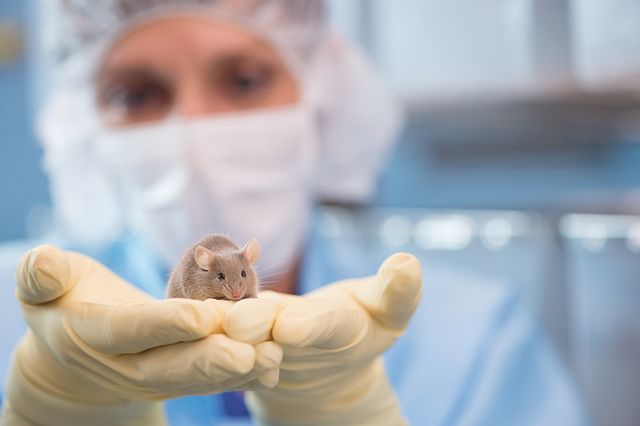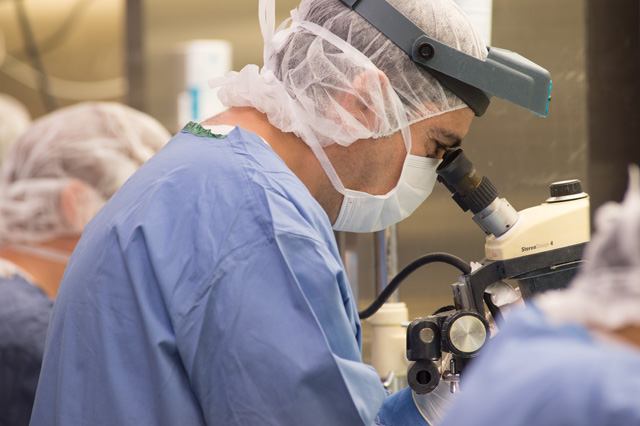
SRG Rats
415
Sprague Dawley-Rag2em2heraIl2rgem1hera/HblCrl
异种移植(人源器官、肿瘤组织等)、肿瘤生物学、肿瘤学、免疫学、皮肤学
品系来源
SRG大鼠是在SD(Sprague Dawley)大鼠上敲除Rag2和Il2rγ基因的功能性片段,使得动物缺失T、B和NK细胞,表现为重度免疫缺陷。
2016年Hera Biolabs从Transposagen引种 ;
2021年Charles River Laboratories从Hera Biolabs引种;
✈ 2022年维通利华从Charles River引入该品系核心群。2024年重新从Charles River引入核心群。
☑ 拓展阅读:“重”磅新品 | 重度免疫缺陷大鼠SRG的来源、特点与应用优势
☑ 拓展阅读:SRG大鼠最新应用汇总:肿瘤动物模型 | 异种移植 | 药理毒理 | 干细胞治疗
☑ 更多裸鼠品系:BALB/c Nude小鼠,CD-1® Nude小鼠,NU/NU小鼠,裸大鼠
应用特性
研究用途:异种移植(人源器官、肿瘤组织等)、肿瘤生物学、肿瘤学、免疫学、皮肤学
特性:
- 重度免疫缺陷:Rag2和Il2rγ基因缺失导致T、B、NK细胞缺失,动物胸腺和脾脏严重萎缩
- 支持多种CDX模型建立,部分细胞系移植效率更高(如VCaP,H358和HCT116)
- PDX模型优势显著:移植成功率高,迅速建立、扩大肿瘤组织样本库,同时高度还原患者肿瘤组织学特点
- 动物体型大:
可承受更大的肿瘤负荷,获得更多生物样本量,同时进行多种分析实验
寿命长,支持长期实验
支持在同一只动物上进行连续采样,对动物状态影响小,获得数据连续性好,降低个体差异的潜在影响
降低采血、插管等外科实验操作难度,提高成功率
- 保障动物福利,支持3Rs原则(替代、减少和优化)

价格规格
| 品系代码 | 品系名称 | 日/周龄 | 性别 | VAF/SPF级 | Elite/SPF级 |
| 415 |
SRG Rat
|
3-5周
|
雄/雌
|
1580 | |
| 415 |
SRG Rat
|
6-8周
|
雄/雌
|
1680 | |
| 415 |
SRG Rat
|
9-10周
|
雄/雌
|
1780 |
*以上规格与价格自2025年1月1日至2025年12月31日有效。
▍ 生长曲线说明:数值仅供参考,上限/下限表示平均值 +/- 2个标准差。
生长曲线
SRG Rats
应用文献
SRG Publications
|
Authors |
Year |
Paper Title |
Keywords |
| Caitlin M. O’Connor, et al. | 2025 | The SRG RAT® supports human cell xenotransplantation through enhanced tumor microenvironment interactions | tumor microenvironment,CDX, PDX, |
| Bruno C. Menarim, et al. | 2025 | Fetal Cartilage Progenitor Cells in the Repair of Osteochondral Defects | osteochondral defects, cell therapies, interzone (IZN), anlagen (ANL) |
| Diane Begemann, et al. | 2024 | Utility of the highly immunodeficient SRG rat for combined drug efficacy, pharmacokinetics, and toxicology studies in tumor-bearing animals | SRG rat, CD rat, lymphocytes, VCaP prostate cancer, tumor, toxicology studies, |
|
D Begemann, et al. |
2024 |
orthotopic glioblastoma, SRG Rat, PDX, |
|
|
GRACE WALTON, et al. |
2024 |
STZ, DIO, diet-induced obesity (DIO) 2 Diabetes, IPGTT |
|
|
Disi An, et al. |
2024 |
LTβR Agonism Promotes Antitumor Immune Responses via Modulation of the Tumor Microenvironment |
LTβR, CTLA4, HEV/TLS |
|
Carine Ciron, et al. |
2024 |
LIS22, a first in class polyclonal antibody immunotherapy in T cell blood cancers |
LIS22, T Cell hematologic malignancies, T1301, Jurkat, CDC, ADCP, ADCC |
|
Kyle Draheim, et al. |
2024 |
prostate cancer, PC3M-luc cells, orthotopically, subcutaneously |
|
|
Stephen J. Gadomski, et al. |
2024 |
Time- and cell-specific activation of BMP signaling restrains chondrocyte hypertrophy |
BMP signaling, Human bone marrow stromal cells/skeletal stem cells |
|
Ami Yamamoto, et al. |
2023 |
necrotic core, angiopoietin-like 7, circulating tumor cells, metastasis, breast cancer |
|
|
Diane Begemann, et al. |
2023 |
In vivo subcutaneous and orthotopic cancer xenograft modeling in the SRG immunodeficient rat |
lung and liver orthotopic cancers. |
|
Caitlin M. O'Connor, et al. |
2022 |
Uterine serous carcinoma, PP2A gene, RNAi |
|
| Noto FK, Sangodkar J, et al. | 2020 | The SRG rat, a Sprague-Dawley Rag2/Il2rg double-knockout validated for human tumor oncology studies | oncology,SRG, PDX,VCaP cell |
| YashAgarwal, et al. | 2020 | Development of humanized mouse and rat models with full‑thickness human skin and autologous immune cells | human skin, hSIS-humanized SRG rat |
| Suriyan Ponnusamy, et al. | 2019 | Orally Bioavailable Androgen Receptor Degrader, Potential Next-Generation Therapeutic for Enzalutamide-Resistant Prostate Cancer | Androgen receptor (AR), AR pan antagonist UT-34, prostate cancer, Enzalutamide-Resistant/sensitive, VCaP |


